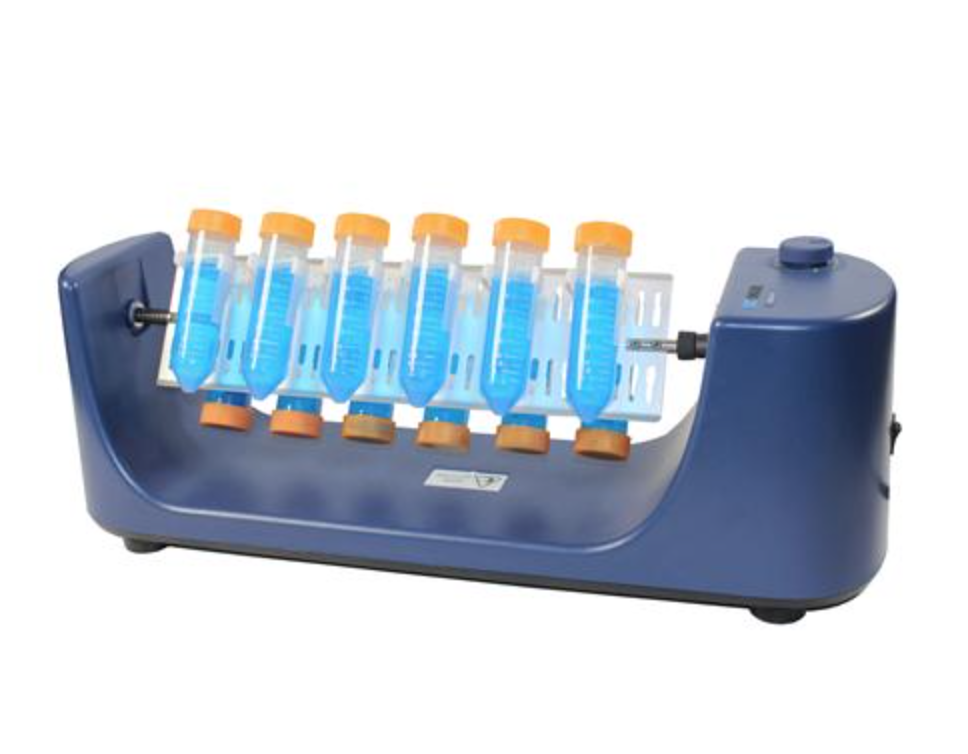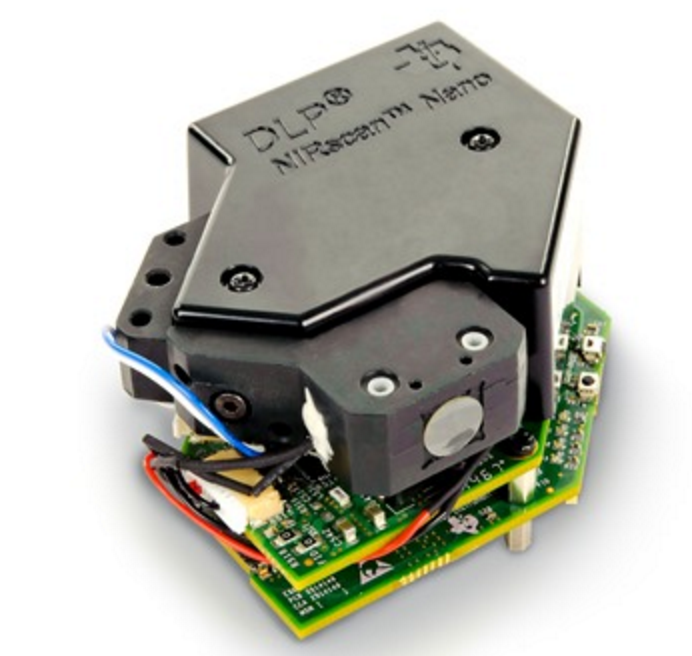Each device I am prototyping for bench or field work needs some kind of housing so that it can serve its purpose and/or stay operational in wet or dirty situations. There are three I am focusing on now:
- Bench top flacon tube spinner. Originally inspired by this device that costs $100+, the bench spinner is necessary for measuring accurate pH of soil. Charlie and I have come up with a device that can spin up to 10 falcon tubes at a time and will be made from PVC pipe, epoxy, and potentially a lego motor.

- Field sensor case. Modeled off of the 3D printed ‘flask’ design previously used in Iceland. The case will be larger to house a BLE shield and will have a hole with some kind of cover to protect the IR temp sensor (working with BLE). Right now I am trying to figure out if the soil moisture/temp probe (not working right now, may be toast) and the conductivity probe (working) really need to be out in the field or if the same data can be gathered on the bench. Once everything is working and in some kind of preliminary housing I can test that.

- NIR TI Nano housing. We have just purchased two quartz crystal coverslips that transmit NIR radiation. I want to build one of these into the housing for the nano so that the internal optics as well as the micro controller are protected. The coverslip is about the size and thickness of a quarter. It is important that it is completely flush with the Nano optics and that it can be lowered completely onto the sample so that the distance between the optics and the sample is not only minimized but uniform. Until the quartz slips arrive I have stalled testing and calibration of the nano to protect it.
Two other things that are temporarily on the back burner but are still important:
- The CO2 probe. If it works, this probe would allow us to measure CO2 respiration as a proxy for microbial biomass. Charlie had the excellent idea of attaching the probe to one end of a long PVC pipe full of soil, to increase our sample size and not disturb the microbes by digging up and mixing their soil habitat.
- The RGB Munsell color sensor. I have started experimenting with colors the RGB reads and have so far been a little disappointed by it’s accuracy. I will work on compensating for ambient light and optimizing the reading in one color space before using a linear transformation to convert those values to Munsell space.
Two final ideas are on the lowest priority in the ‘if I have time before we leave’ category. They are:
- Bench-top light-transmission organic content. A fancy name for shining light through a tube and measuring the thickness of an organic content band. This would be cool because it’s automated but it is easy to do visually and might even be more accurate, so it’s not a high priority.
- RGB pH strip measurements. This one is also easy to do by sight, it isn’t difficult to match the color of a pH strip to a key. However, once the Munsell color platform works, adding this functionality is simply a matter of writing the software, because the hardware setup is the same. For that reason it is more likely to be completed then the OC reader, which is somewhat design intensive.


Leave a Reply
You must be logged in to post a comment.